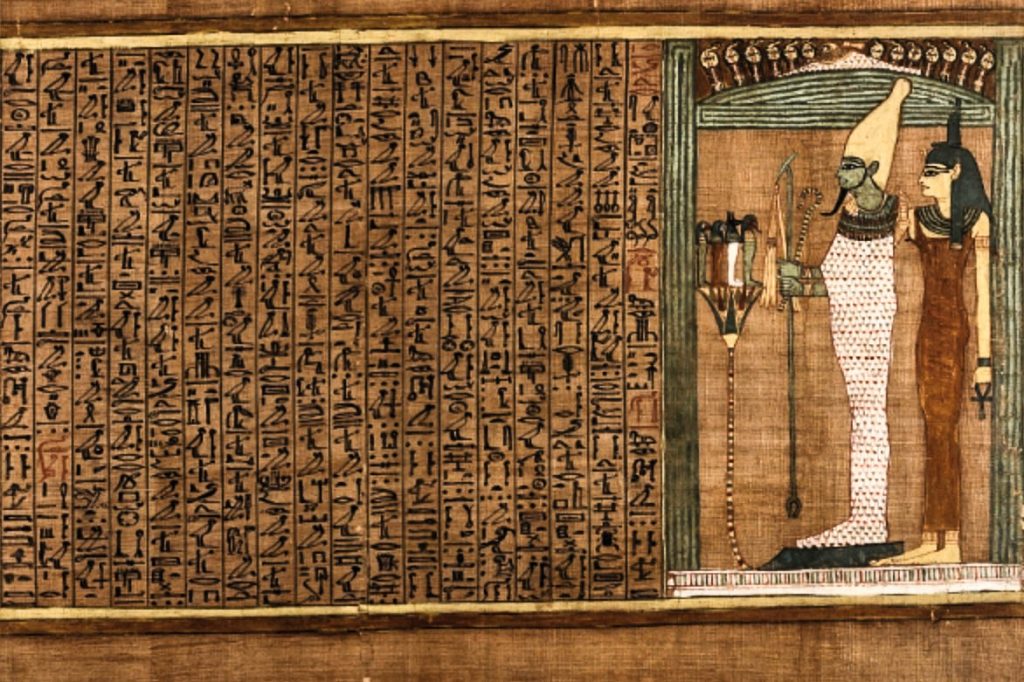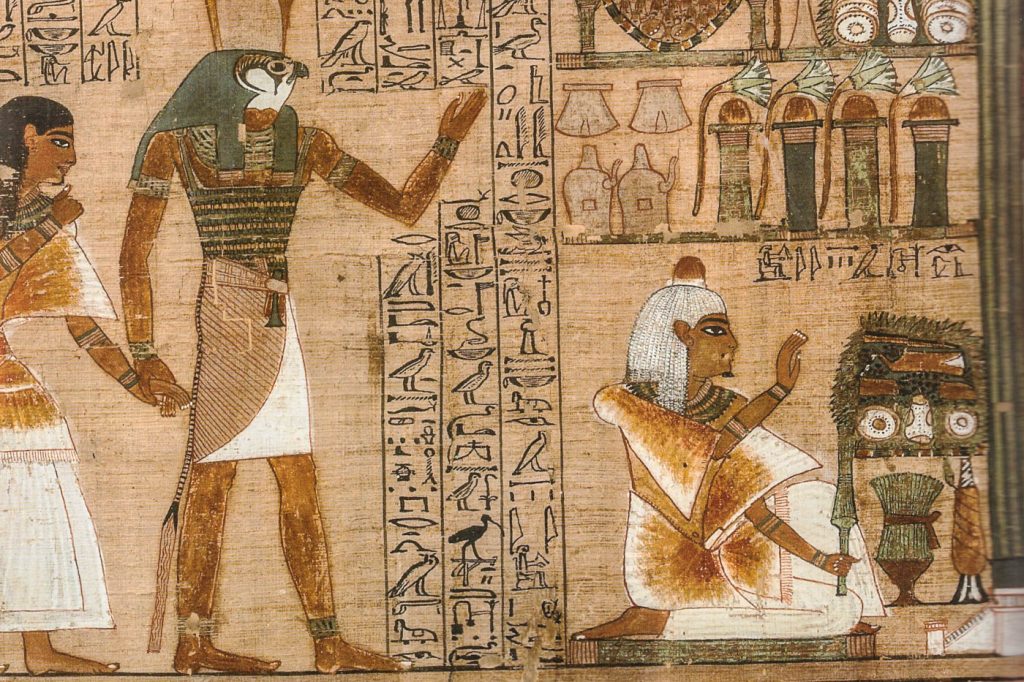Ever wondered about Egyptian culture of the dead? Well, the Papyrus Ani sheds new light on the religion of Ancient Egypt, find out more!
Who at some point has not dreamed to be like Indiana Jones, at the discovery of ancient and lost cultures? Well, this is what 19th century archaeology was like (I am leaving out the boring stuff) leading to the discovery of papyri so ancient that medieval manuscripts in comparison can be considered quite recent!

It was the year 1888 when Sir Ernest Alfred Thompson Wallis Budge acquired the Papyrus Ani for the British Museum referring to the finding as:
The largest, the most perfect, the best preserved, and the best illuminated of all the papyri
The papyrus was found in a XVIII dynasty tomb near Thebes and it contains the Book of the Dead which is the modern day for a funeral text from the Ancient Egypt, used from the beginning of the New Kingdom to 50 BC. The text features a collection of magic-religious formulas which were to protect and aid the deceased in his journey towards Duat – the realm of the dead, said to be fraught with hardship and peril – and toward immortality.
The importance of the Papyrus Ani stands in the fact that it has been a religious reference for more than 3,000 years. Furthermore, its rare vignettes, and hymns, and chapters, and its descriptive and introductory rubrics are of unique importance for the study of the Book of the Dead, and it takes a high place among the authoritative texts of the Theban version of that remarkable work.

Most of you might be wondering who is Ani. Well, we don’t know. In fact, all the different sections of the papyrus were not originally written for Ani – with the exception of the first section – for his name has been added in several places by a later hand. Because the papyrus of Ani is undated, and no facts are given in it concerning the life of Ani, we are left wondering who this figure was and when he lived.
Check out Papyrus Ani for more information!




